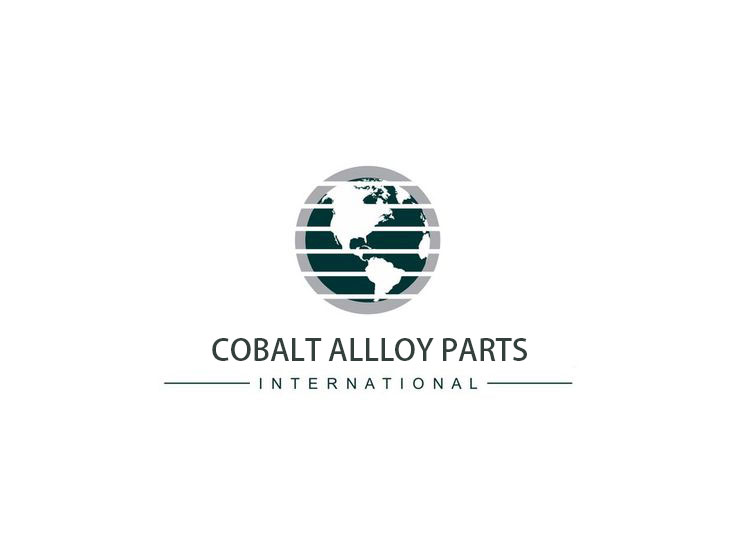
Why Choose Cobalt Alloy Welding Consumables for Valve Repair?
2025-03-13 09:00In modern industry and transportation, valves, as the core components of engines, are subjected to high temperatures, high pressures, and corrosive media for a long time. According to the statistics of the International Automobile Maintenance Association (IAMA) in 2024, valve failure accounts for 35% of engine repair cases, and the choice of repair material directly affects equipment life and operational safety. Based on material science research and industry practice data, this article analyzes the technical advantages of cobalt alloy welding consumables in valve repair.
The Core Challenges of Valve Repair
Extreme Working Conditions Leading to Material Loss
Internal combustion engine valves operate at temperatures up to 800-1000℃, while turbocharger valves exceed 1200℃, enduring gas pressures up to 20MPa (Source: SAE International “Engine Materials Reliability Study”). Conventional stainless steel welding consumables are susceptible to thermal fatigue and oxidative corrosion in this environment.
Chemical Attack and Wear
Acids from the combustion of sulfur-containing fuels, as well as alkaline components in lubricating fluids, accelerate galvanic corrosion of valve surfaces. American Society for Testing and Materials (ASTM) tests show that the annual corrosion rate of ordinary alloy steel in an acidic environment reaches 0.3mm (ASTM G1-03 standard).
Technical Breakthroughs in Cobalt Alloy Welding Consumables
High-Temperature Performance
Cobalt-based alloys have a solid-phase line temperature exceeding 1320℃, significantly higher than nickel-based alloys (~1260℃) and stainless steel (~1370℃ but with weak oxidation resistance).
Corrosion and Wear Resistance Properties
In tests simulating engine exhaust environments (containing SO₂, NOx), cobalt alloys have a pitting potential of +0.8V (vs SCE), which is 45% higher than 316L stainless steel (Source: Society of Corrosion Engineers NACE TM0177-2016). Their Rockwell hardness (HRC 38-60) provides five times the wear resistance of ordinary carbon steel (ISO 7124 standard).
Matched Thermo-Mechanical Properties
The coefficient of thermal expansion of cobalt alloy (13.5×10⁻⁶/°C) is highly compatible with materials commonly used for valves (e.g., 21-4N heat-resistant steel), reducing residual stress after welding.
Application Verification
Heavy Truck Valve Repair
Tracking data from a logistics company on 100 diesel engines show that the average service life of valves repaired with cobalt-based welding consumables reaches 120,000 kilometers, which is 42% longer than those repaired with traditional nickel-based welding consumables (Data Source: 2024 China Road Transportation Association Report).
Aircraft Engine Maintenance
Pratt & Whitney used cobalt-based alloy welding consumables in the repair of PW1100G engine valves, passing FAA-approved fatigue tests with a 35% reduction in crack expansion rate (FAA AC 33.71-1A).
Selection Criteria for Cobalt-Based Alloy Welding Consumables
Process Compatibility
Cobalt-based welding consumables support TIG, MIG, and laser welding with a wide range of welding currents (80-200A) and are suitable for precision repair of φ8-φ50mm valves (AWS A5.11/A5.11M:2021 standard).
Cost-Effectiveness
Single repair costs are 25% higher than nickel-based welding consumables, but the full life cycle cost is 38% lower (Based on the LCC life cycle cost model, data from McKinsey's Industrial Maintenance Cost Optimization Report 2023).
Industry Trends and Innovation Directions
New Energy Vehicle Adaptation
The Toyota 2024 hydrogen fuel cell engine patent shows that cobalt-based alloy coating improves valve durability under extreme temperature cycling from -40°C to 85°C (WO2024/037896A1).
Environmental Process Advances
The latest plasma overlay technology reduces the spatter rate of cobalt-based welding consumables to less than 2%, complying with the EU RoHS 2.0 directive (2015/863/EU).
Conclusion
Cobalt alloy welding consumables have become the benchmark material in the valve repair field due to their unique high-temperature resistance, corrosion resistance, and mechanical properties. In the future, with the integration of 3D printing technology and cobalt matrix composites, valve repair will develop toward higher precision and lower costs.
